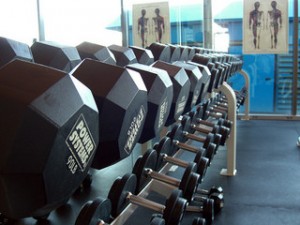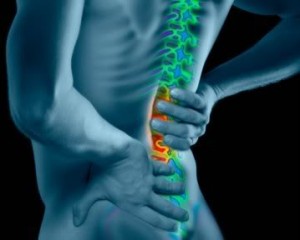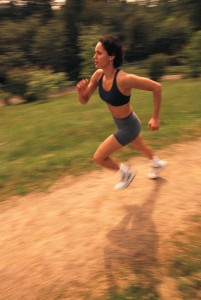
Are you spinning your wheels in the gym?
Working hard but not making any progress?
Lack of results can easily dishearten the best of us.
With a little bit of planning you can avoid this feeling altogether.
Follow the five principles below to make the most of every exercise session.
1. Review Your Goals
Take a look at your primary fitness goal.
It’s a good idea to review this daily.
It’s even better if you can do the review right before your exercise session.
Know why you’re working out and what you want to improve.
This will give you the extra fuel you’re going to need to push to the next level.
2. Proper Warm Up
Stepping right into exercise can be a big shock to your body.
Similar to jumping into a cold pool of water on hot summer day.
A proper warm up eases your body into the work out.
It prevents injuries and can improve your exercise output by up to 48%.
A complete warm up consists of foam rolling, corrective stretching, activating the core, performing dynamic flexibility and movement pattern training.
All of this can be done inside of 15 minutes and will prime your muscles, joints and nervous system for your workout.
3. Have a plan
Any plan is better than no plan.
Have your exercise session written out before you walk into the gym.
It’s going to put you in the right mind set.
Knowing exactly what you’re going to do helps you mentally prepare for the work.
As an example, if you’re lifting heavy you’ll need more intensity and longer rest periods.
Plan to spend 10-15 minutes for your warm-up.
Add another 40-50 minutes for your strength and conditioning.
Leave an additional few minutes at the end for your cool down.
4. Cool Down and Recovery
So you just finished your workout. Now it’s time to call it a day, right?
Not so fast.
Don’t forget to cool down.
Take a walk for a few minutes or lightly ride the bike to help lower your heart rate.
This will help circulation and prevent muscles from getting too sore after your workout.
Then perform a couple of stretches to help release the tension created from lifting weights. Include stretches for the muscles of the chest, shoulders, back and legs.
Your recovery from the session starts right after your cool down.
This is the perfect time to have a meal replacement shake.
Look for a shake that has a 4 to 1 ratio of carbohydrates to protein (four grams of carbohydrate for each gram of protein).
That’s the perfect post-workout blend for your body.
Make sure you drink it with-in 45 minutes of your workout.
Miss this window and your recovery will take twice as long.
5. Track What You Do
We improve the numbers that we track.
Writing down your weights, sets and reps each time you train is the best way to ensure that you are constantly improving. Any notebook can serve this purpose. There are even specific journals to track your exercises as well as smart phone apps if you prefer the hi-tech method.
I use pen and paper as it seems to work the fastest for me.
Take a look at what you’ve done in the past and challenge yourself to improve.
It doesn’t have to be heavier weights. An extra set or shorter rest period are also signs of improvement.
Jot a few notes on how your session went over all and list some specifics on what you can adjust to make your next work out even better.
So you’re probably thinking “All of this just for an exercise session?”
Remember this, anyone can work out and go through the motions. But not everyone can work out and get results.
You need to follow these principles. Set your goals, work your plan, and track your workouts.
Make the time you spend in the gym as effective as possible.
Your hard work will pay off.
Dedicated to your success,
Ed Scaduto
Precision Fitness
“Helping you become more”
P.S. Let me know what you do to get the most out of your exercise session. Do you already use these principles? Did I leave something out?
Please leave your comments below. They are greatly appreciated.
photo credit: jerryonlife via photopin cc











